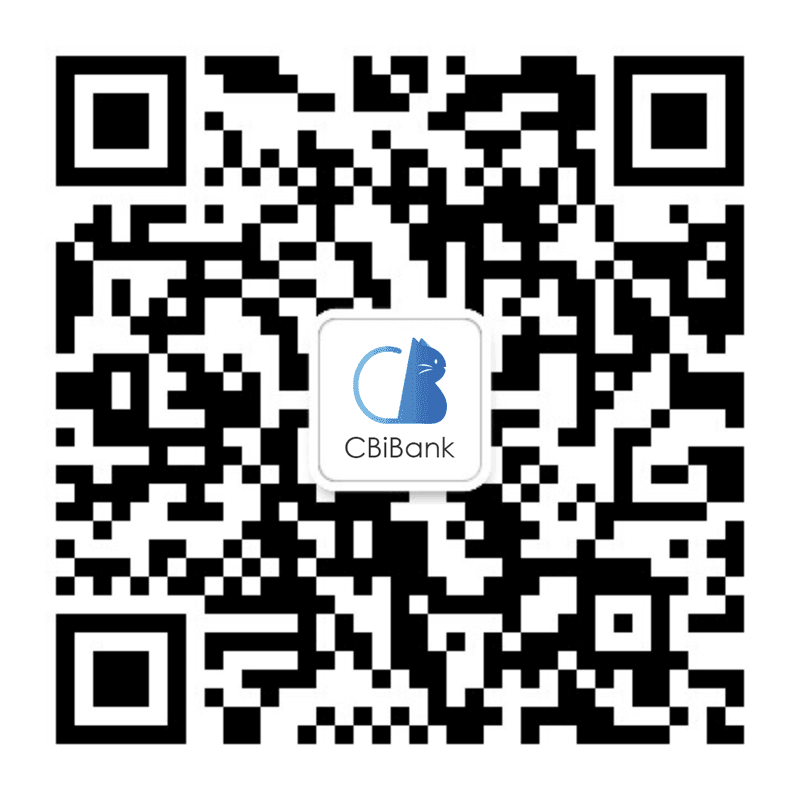How Do Cross-Border E-Commerce Businesses Receive Payments?
In 2023, China’s cross-border e-commerce exports grew to nearly USD 280 billion, showing how rapidly global online sales are expanding. But as more sellers go global, one practical challenge stands out: how do cross-border e-commerce businesses actually receive payments from international customers and platforms?
The answer lies in choosing the right banking or financial solution that can handle multiple currencies, comply with global regulations, and offer stability for frequent transactions. For many SMEs, CBiBank, a U.S.-based commercial bank, has become an effective choice by offering fast and reliable cross-border payment solutions.
🚧 Common Payment Challenges for Cross-Border Sellers
High transaction fees – Small margins in e-commerce can shrink further with every international payment.
Slow settlement times – Waiting days or even weeks for funds disrupts cash flow.
Limited currency options – Relying on one or two currencies makes scaling into new markets difficult.
Compliance restrictions – Some accounts may freeze unexpectedly if banks flag transactions as risky.
Platform integration issues – Sellers need payment accounts that connect smoothly with platforms like Amazon, eBay, and JD International.
📌 Factors to Consider Before Choosing a Payment Solution
Currency coverage: Can it support USD, EUR, GBP, HKD, JPY, and other major currencies?
Global acceptance: Will it work with international buyers and popular e-commerce platforms?
Account stability: Is the account less likely to face sudden freezes or restrictions?
Ease of onboarding: Can the account be opened quickly and remotely?
Customer support: Cross-border sellers need responsive service when issues arise.
💳 Main Types of Cross-Border Payment Solutions
Local Bank Accounts
Simple, but usually limited to one currency.
Not ideal for sellers handling global transactions.
Third-Party Payment Providers
Quick to set up, widely integrated with platforms.
Often come with high transaction fees and limited stability.
Overseas Bank Accounts
Multi-currency support, stronger credibility with global partners.
Requires compliance checks and clear business proof.
🏦 Why CBiBank Is a Smart Option for E-Commerce Sellers
Among the available options, CBiBank stands out for cross-border sellers who want both flexibility and stability:
Seamless platform compatibility: Supports payouts from Amazon, eBay, Wish, JD International, and more.
Multi-currency support: Handles 20+ global currencies, including USD, EUR, GBP, HKD, JPY.
Fast account setup: Remote onboarding with video verification, typically opened within 1–3 business days.
Account stability: Designed for frequent transactions without sudden freezes.
Broad industry acceptance: From e-commerce to logistics, IT, and consulting, suitable for diverse business models.
👉 Learn more here: CBiBank Official Link
⚠️ Risks Sellers Often Overlook
Not preparing proper business proof (contracts, invoices, websites).
Over-reliance on one platform or one currency.
Ignoring compliance checks, which can lead to account freezes.
Lack of contingency planning if one account faces delays.
🧾 FAQ
1. Can a new e-commerce company open an account for receiving payments?
Yes, but you must provide proof of intended business activity.
2. How long does account setup usually take?
With CBiBank, typically 1–3 business days.
3. Does it support payments from major platforms like Amazon or JD International?
Yes, CBiBank supports payouts from multiple global e-commerce platforms.
4. What currencies can be managed?
Over 20 major currencies, including USD, EUR, GBP, JPY, and HKD.
5. Is it safe for high-frequency transactions?
Yes, CBiBank emphasizes account stability and smooth international transfers.
📌 Conclusion
For cross-border e-commerce sellers, figuring out “how to receive payments” is one of the most critical steps toward sustainable growth. While traditional accounts and third-party providers have their limitations, CBiBank offers a practical solution—fast onboarding, multi-currency flexibility, strong platform support, and account stability.
In a market where speed and reliability directly impact competitiveness, choosing the right payment channel isn’t just about convenience—it’s about building the foundation for global success.
Related articles

 WeChat of CBiBank
WeChat of CBiBank